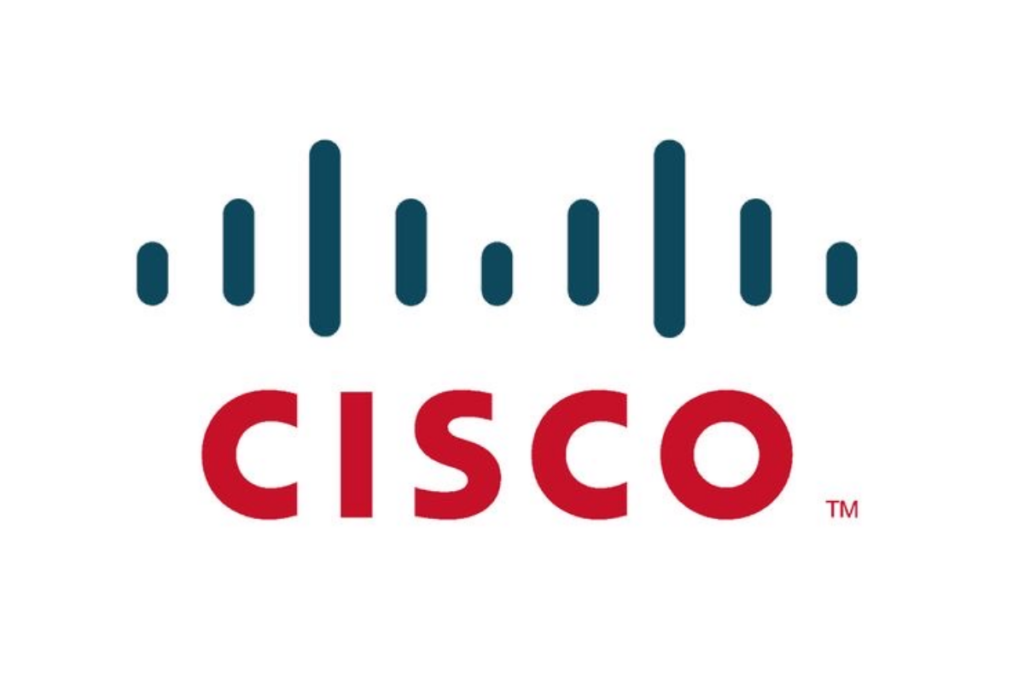Cisco’s stock significantly increased in after-hours trading last Wednesday after the company made an announcement. Cisco announced that it had major restructuring plans; it would be laying off 7% of its global workforce. The networking giant would do this as part of its efforts to streamline its operations and focus on critical growth areas.
The news also came right after the company’s quarterly earnings were released, exceeding analysts’ expectations. This strong financial performance and the strategic restructuring plan suggest that Cisco is setting itself up for long-term growth.
What Is the Earnings Outlook for Cisco?
Cisco recently reported its earnings for the fourth quarter of 2024, which showed mixed results that might impact its future earnings outlook.

Cisco reported adjusted earnings of 87 cents per share. This exceeded the 85 cents per share expected by LSEG. The company’s earnings reached as high as $13.64 billion, which also surpassed the $13.54 billion expected, according to LSEG.
What Did Cisco Announce?
In a filing, Cisco announced that it would implement a restructuring plan that would result in $1 billion in pretax charges to its financial results. This plan will enable the company to invest in key growth opportunities and enhance efficiencies across its business operations.

Cisco disclosed that it will recognize charges ranging from $700 million to $ 800 million in the current quarter, with the extra charges expected to impact the company throughout fiscal 2025. The company also announced upcoming layoffs. This is Cisco’s second major round of layoffs this year. In February, the company decided to lay off 5% of its workforce, which amounted to more than 4,000 jobs. Before these layoffs, Cisco employed 84,900 people at the end of fiscal 2023.
ALSO READ: Starbucks Implements Bold Strategy to Reverse Sales Slump
What Is the Main Source of Revenue for Cisco?
Cisco’s main source of revenue comes from its networking hardware, specifically its sales of switches and routers. These products are the backbone of the Internet and network infrastructure for data centers, significant enterprises, and service providers.

Although the company saw recent growth in other segments like security and software, its networking business still represents a major part of its overall revenue.
A Downward Trend
Cisco is currently experiencing an extended period of decline. Sales are dropping for the third consecutive quarter. The company’s major networking business, which includes switches and routers, has been on a downward trajectory since large enterprises that usually use them began switching to cloud-based solutions several years ago.

In response to this downward trend, Cisco has strengthened its software and security business to diversify its offerings. Another objective is to generate more consistent subscription-based revenue.
ALSO READ: Annual Inflation Rate Eases to 2.9% in July, Hitting Lowest Point Since 2021
Cisco’s Revenue
Cisco’s fiscal fourth quarter revenue ended on July 27. The company saw a 10% decline, as revenue dropped from $15.2 billion a year before. This is the company’s first annual sales decline since 2020.

The reduced revenue is expected to continue for at least one more period. In the fiscal first quarter, Cisco anticipates revenue to be between $13.65 billion and $13.85 billion, a decrease from the $14.7 billion it made in the previous year. According to LSEG, analysts predicted a revenue of $13.7 billion.
Why Did Cisco’s Revenue Drop?
Cisco said that the reduced revenue they experienced was due to certain clients installing equipment that had been delivered in previous periods.

Despite the ongoing decrease in sales, the company still exceeded expectations. This was due to the rise in subscription revenue, which was boosted by the $28 billion acquisition of Splunk, which closed in March and is the company’s largest acquisition to date.
ALSO READ: Warren Buffett’s T-Bill Holdings Surpass Those of the Federal Reserve
What Is the Revenue Growth of Cisco?
Cisco’s revenue growth has been relatively fair in recent quarters. In its recent fiscal fourth quarter, the company reported a revenue of $13.64 billion. This amount was only a slight increase compared to what it made in the same period in the previous year. This growth shows a 0.75% increase from last year. However, on an annual basis, Cisco’s total revenue for the fiscal year 2024 was approximately $53.8 billion, which was reduced by 6% compared to the previous fiscal year.

The company is experiencing different performances across its different business segments. This mixed performance is reflected in the overall revenue figures, which show limited growth and some reductions.
Growth in Cisco’s Business Segments
In the most recent quarter, networking revenue significantly declined by 28%. It dropped to $6.8 billion, while security revenue increased by 81%, reaching $1.8 billion. The revenue from collaboration remained constant at approximately $1 billion. Splunk also contributed $960 million to the total income.

Net income for the quarter decreased 45% to $2.2 billion, or 54 cents per share, down from $4 billion, or 97 cents per share, in the same period the year before. Prior to the market closure, Cisco’s shares had fallen by 10% this year, while the Nasdaq had increased by about 14%. However, in after-hours trading, Cisco’s stock increased by 5.5%, reaching $47.92 per share.
What Is the Revenue Per Employee for Cisco?
The revenue per employee was $684,250 in the fourth fiscal quarter of 2023. The first, second, and third fiscal quarters of 2024 were $696,687, $687,071, and $664,634 consecutively.

Cisco revenue per employee, calculated on a trailing twelve-month basis, decreased to $664,634. This shows the average revenue generated by each employee over the past year. Despite this decline in revenue per employee, Cisco’s productivity still surpasses the company’s average. This means that although the revenue per employee has reduced, the efficiency or effectiveness of the workforce remains high compared to the company’s overall productivity standards.
You Might Also Like:
Premarket Movers: Ulta Beauty, Walmart, Cisco Systems, and More
Home Depot Anticipates Decline in Sales as Consumer Caution Grows
JCPenney Shuts Down: Implications for the Future of Retail
Amazing’ New Mini Cakes From Costco Leave Shoppers Drooling
Annual Inflation Rate Eases to 2.9% in July, Hitting Lowest Point Since 2021

